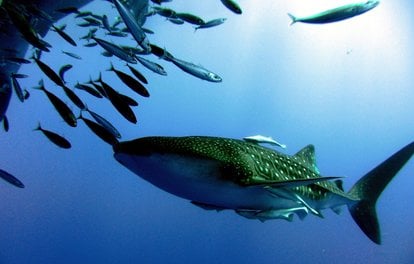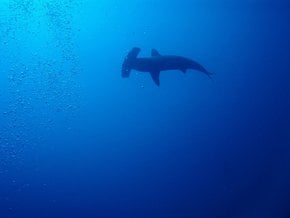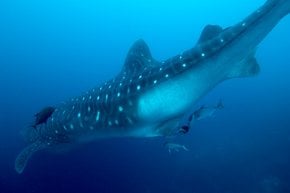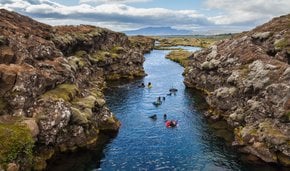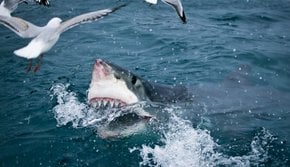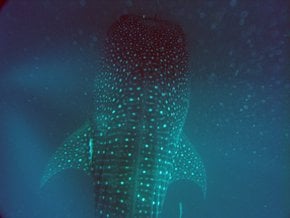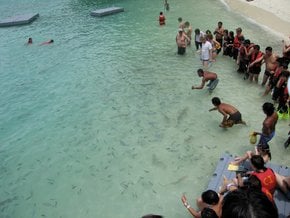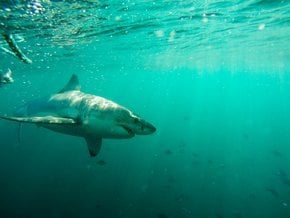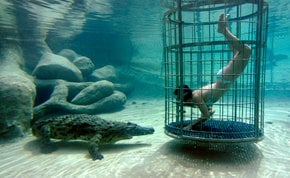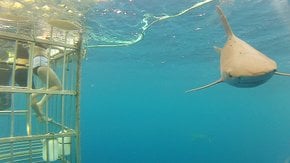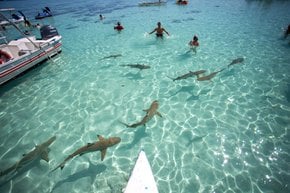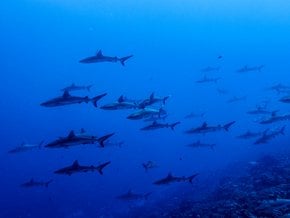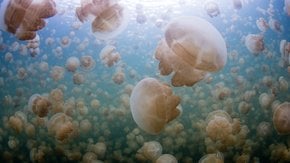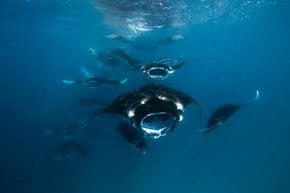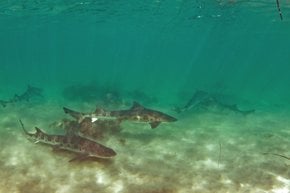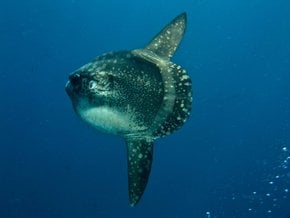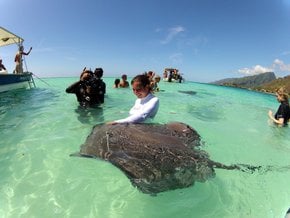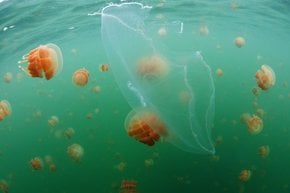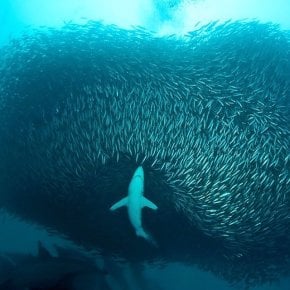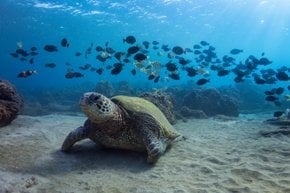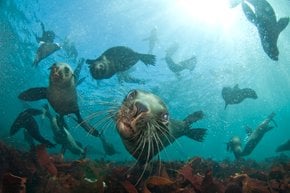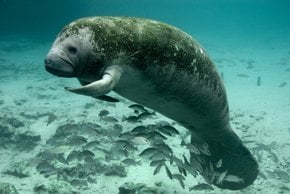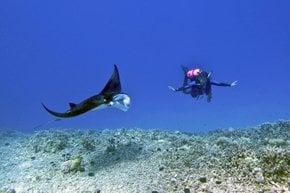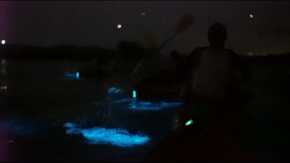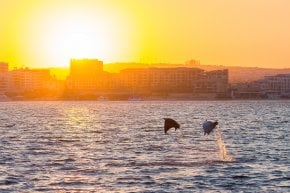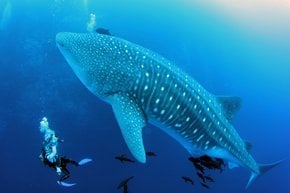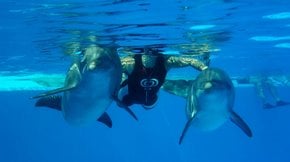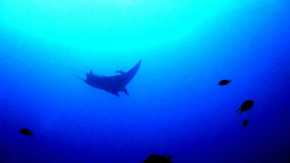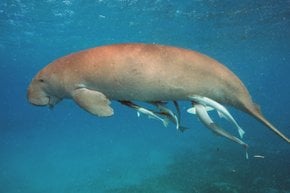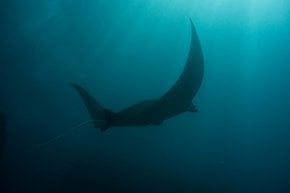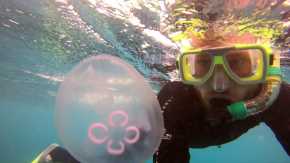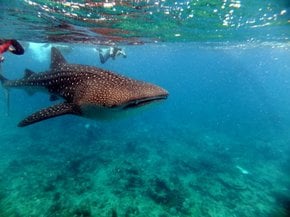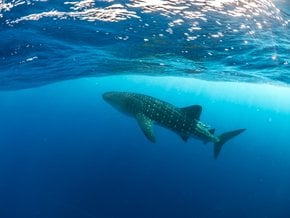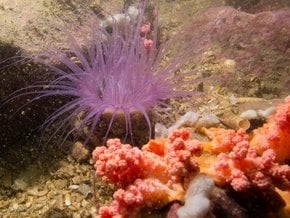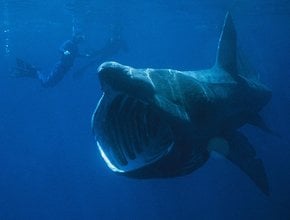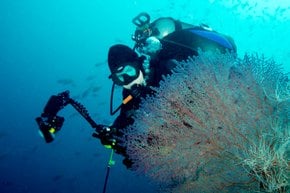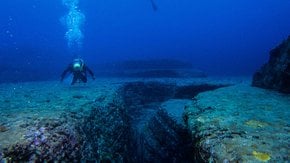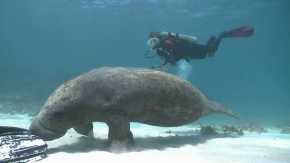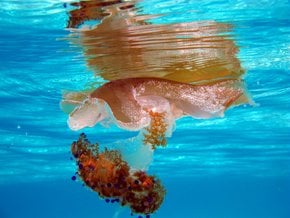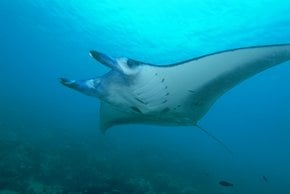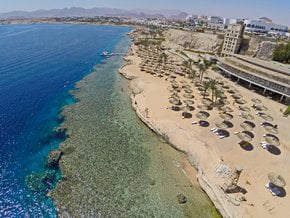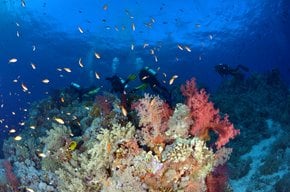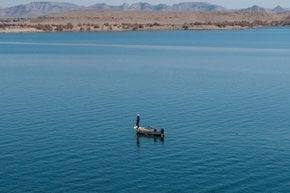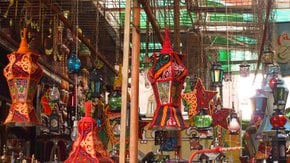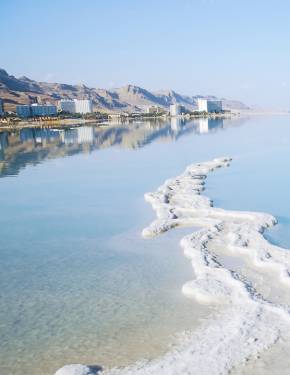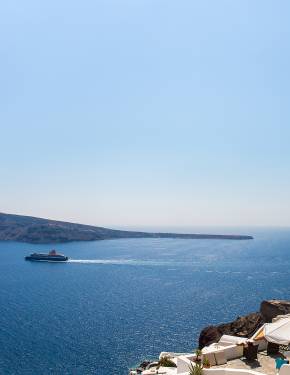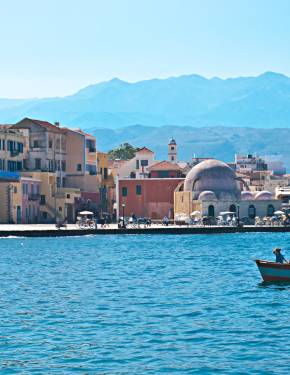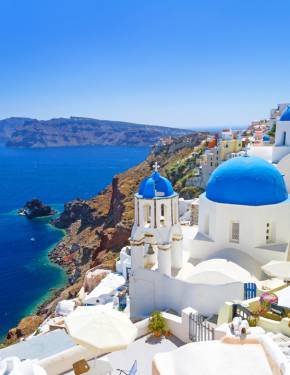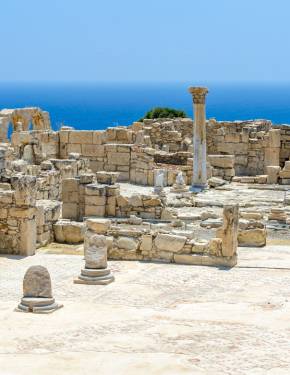Squali nel Mar Rosso a Egitto 2026
Sognare di vedere gli squali nuotare nel mare rosso aperto? Non è una cattiva idea, ma cercare di non diventare la loro preda
Miglior periodo: Maggio-agosto
Circa 30 tipi di squali abitano in profondità nel Mar Rosso. Essi includono predatori delle barriere piuttosto pacifici (squali a punta bianca e squali a punta nera, squali a punta nera, squali a sabbia, squali leopardi e squali nutrici) e altri non così pericolosi per gli esseri umani (squali marmotta, mako con pinne corte, squali a pinne nere, squali argentati, squali tigri, squali grigi della barriera).
Dovreste sapere che la stagione dello squalo balena e dello squalo martello nel Mar Rosso avviene in estate, specialmente dalla fine di maggio fino alla fine di luglio. Questi predatori subacquei possono essere individuati nella parte settentrionale del mare e nel sud.
Whale sharks and hammerhead sharks are most commonly seen in the summer, particularly from late May to late July. These giants of the sea can be spotted in both the northern and southern parts of the Red Sea.
Il momento migliore per vedere gli squali nei siti di immersione di Marsa Alam o Jackson Reef nello stretto di Tiran è da luglio a settembre e Daedalus da maggio a agosto. Gli squali Thresher sono anche uno squalo molto interessante con la sua coda eccezionalmente lunga e il naso puntato. Potete anche vederli nelle Isole Fratelli d'Egitto e nei siti di immersione Marsa Alam Daedalus da settembre a febbraio. Altre immersioni fredde di squali includono Longimanus nel sud dell'Egitto Elphinstone da ottobre a gennaio
Daedalus Reef offers sightings of various shark species from May to August. The oceanic whitetip sharks (Longimanus) are particularly prominent in South Egypt's Elphinstone from October to January.
For a unique experience, the sardine run in the south of Egypt during December and January is a must-see. This phenomenon attracts numerous predators, including dolphins, whales, and various shark species like the Bronze Whaler and Dusky Shark, creating a spectacle of marine life.
Prices for diving packages vary widely depending on the season, duration, and specific dive sites included. A typical one-day dive trip can range from $50 to $150, while multi-day liveaboard experiences, which offer the best chance to see a variety of sharks, might cost between $500 and $2000.
Certain dive sites within marine protected areas may require additional fees, typically around $10 to $20 per day. It's important to check with local dive operators for the most current information.
Per un'esperienza extra speciale dello squalo, la corsa della sardina è un must. Nel sud dell'Egitto nel dicembre-gennaio, le massicce scuole di sardine migrano che causa una frenesia di attività per miglia intorno. Questo fenomeno naturale attrae un numero estremo di predatori tra cui delfini, balene e molti squali come il balenaro di bronzo e lo squalo dusky. I raggi Manta si nutrono anche delle fioriture di plancton. Ovunque tu scelga di andare, basta essere sicuri e attenti e trattare queste creature maestose con il rispetto che meritano.
Popular dive spots such as Marsa Alam, Hurghada, and Sharm El Sheikh are well-connected by international airports, with a range of accommodation options from budget hostels to luxury resorts.
These locations are equipped with comprehensive diving infrastructure, including gear rental shops, professional dive instructors, and medical facilities.
For those interested in exploring beyond diving, the surrounding areas offer beautiful beaches, desert excursions, and cultural landmarks. The Ras Mohammed National Park, near Sharm El Sheikh, is a renowned marine reserve, which offers snorkeling, bird-watching, and hiking opportunities.
Understanding shark behavior is crucial for safe and enjoyable diving experiences. Despite their fearsome reputation, many sharks in the Red Sea are shy and avoid human contact. Key species to observe include the oceanic whitetip, silky sharks, and the pelagic thresher shark.
When diving with sharks, it's essential to follow safety guidelines such as avoiding sudden movements, maintaining a safe distance, and not attempting to touch or feed the sharks. Professional dive guides provide detailed briefings to ensure safe interactions with these magnificent creatures.
Sharks in the Red Sea play a crucial role in maintaining the health of the marine ecosystem. As apex predators, they help regulate the populations of other marine species, ensuring a balanced environment. Their presence indicates a healthy reef system, as they often prey on weak or sick animals, preventing the spread of disease.
Conservation of shark populations in the Red Sea is critical, as many species are threatened by overfishing and habitat destruction. Egypt has implemented measures to protect marine life, including establishing marine protected areas and regulating fishing practices. Additionally, there are numerous local and international organizations working towards the conservation of sharks through research, education, and advocacy.

